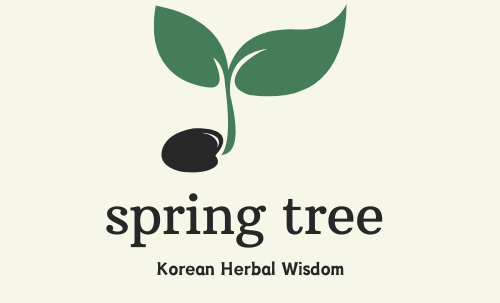As spring gently awakens, wild bittercress begins to appear along the edges of rice paddies and moist wetlands. Before the flowers bloom, its tender, rosette-shaped leaves and soft stem tips are ready for harvesting. With a mix of mild spiciness and a hint of bitterness, this wild herb brings the fresh taste of nature straight to your plate.
Identifying and Harvesting Wild Bittercress
The young leaves, stems, and even flower buds of wild bittercress are all edible. The best parts to harvest are the soft tips of the stems, which are tender and flavorful. This plant thrives in damp areas like wetlands and field edges, growing in clusters with delicate, feather-like leaves. Each leaflet is oval or slightly rounded, giving the plant its unique texture. Harvesting is best done between March and May when the plant is at its freshest and most flavorful. Remember to leave some plants behind to ensure the ecosystem remains healthy.
How to Prepare and Enjoy Wild Bittercress
Wild bittercress is incredibly versatile in the kitchen. One of the simplest ways to enjoy it is by blanching the stems and leaves, then tossing them with sesame oil, garlic, and soy sauce for a quick and delicious side dish. Its slightly peppery flavor also pairs well in soups as a hearty garnish or as a fresh addition to wraps. The bitterness and spice are subtle yet uplifting, perfect for awakening your taste buds after a long winter.
Health Benefits of Wild Bittercress
This humble herb is packed with nutrients, including vitamin C and iron, making it a natural choice for boosting immunity and preventing anemia. Its detoxifying properties support digestion and overall well-being, helping you feel revitalized and ready to embrace the changing seasons.
Storage and Tips for Freshness
To keep wild bittercress fresh, it’s best to cook it soon after harvesting. If you need to store it, blanch it briefly, squeeze out excess water, and store it in an airtight container in the refrigerator. This method preserves its vibrant flavor and texture. However, due to its naturally bold taste, it’s a good idea to use it in moderation to avoid overpowering your dishes.
Sustainable Foraging Practices
Wild bittercress is a gift from nature, so it’s important to harvest it responsibly. Take only what you need and avoid uprooting the entire plant to ensure it can continue to thrive in its environment. By foraging thoughtfully, we can enjoy its benefits for years to come while protecting the delicate balance of our ecosystems.
